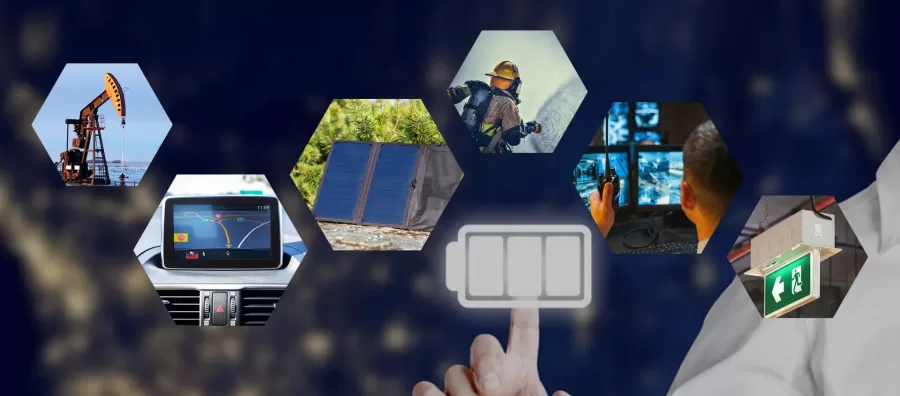At CM Batteries, high-temperature batteries are tested multiple times before shipping, which they do to a high standard of quality! We’ve already covered the pros and cons of high-temperature batteries, how to choose the right battery for your needs, and tips for care and maintenance in the article “Everything You Need to Know About High-Temperature Batteries“, and this article has a more detailed FAQ about high-temperature batteries:
1. What brand of your NTC for your custom high temperature battery?
We recommend the 10K and 100K NTC thermistor models from Murata, a famous NTC manufacturer.
2. Can normal Li-ion battery cells be used in temperatures over 60°C?
Our recommendation is to use high temperature cells that can support operation in temperatures of up to 85°C. These cells do cost more than standard battery cells. If cost is a concern for you, we can instead equip normal 18650 cells with proper insulation and supercapacitors to ensure the battery packs can operate in extreme temperatures.
3. What materials are high temperature batteries typically made of?
High temperature batteries are typically made from Li-ion, NiMH, or NiCd. The type of battery used depends on the application and the temperature range it requires to operate.
4. How long can your high temperature batteries work in temperatures of +80°C?
Our high temperature lithium batteries can operate at 85°C for 1,000 hours. To determine how long a battery can operate at a specific temperature above 85°C, please fill out our customization questionnaire. One of our consultants can then provide you with some guidance.
5. How long is your production/delivery lead time for your high temperature battery packs?
For battery samples, if we have the desired battery or a compatible LiPo battery in stock, the delivery time is generally 4-7 days. If we don’t have the desired battery in stock, we require 2-3 weeks for production. Mass production generally takes 30 days (without stock). If there are enough batteries in stock, it will take about 1-2 weeks to fulfill an order.
6. Can you customize a special high temperature lithium battery?
Absolutely. We’ve been designing and manufacturing custom battery packs for our clients for more than 15 years. If you would like to print your logo on your custom battery pack, please notify us and provide us with your logo file.
7. Do you offer datasheets/specifications for your high temperature batteries?
Certainly. We will provide you with product specifications as soon as you confirm your initial battery pack design. You can then provide feedback on the proposed battery pack design and its technology so we can modify the specifications as needed to suit your needs. Once the samples are ready to ship, we will send you the revised specifications for approval. You can then test the sample to sign off on the final specifications.
8. Can you arrange the shipment of the batteries?
We’d be happy to. We can ship lithium batteries to you by UPS, FedEx, or DHL. You can choose door-to-door express, airport-to-airport, or sea freight. UPS generally takes 3-4 days to reach EU customers, and FedEx takes 5-8 days.
9. What after-sales service do you provide?
We provide a 1-year warranty on all CMB batteries from the date the battery packs are shipped out. For our VIP customers, we offer an extended 3-year warranty. For our gold-level customers, we offer complimentary battery pack technology updates to ensure the best battery performance and longer battery life cycles.
10. Do high temperature lithium-ion batteries have to be recharged during storage?
Our batteries have a very low discharge rate. Over one month in storage, the battery will only lose 1.5-2% of its charge capacity. However, if you plan on storing your battery for longer intervals of time, we recommend recharging it once in a while. If the charge of the cells drops below 2.7V, it may be difficult to make it hold a charge, and it may eventually die. Fully charge your battery before storing it, and do not let it discharge completely before charging it again.
If you have more questions you’d like to know, please contact us directly by clicking here!



